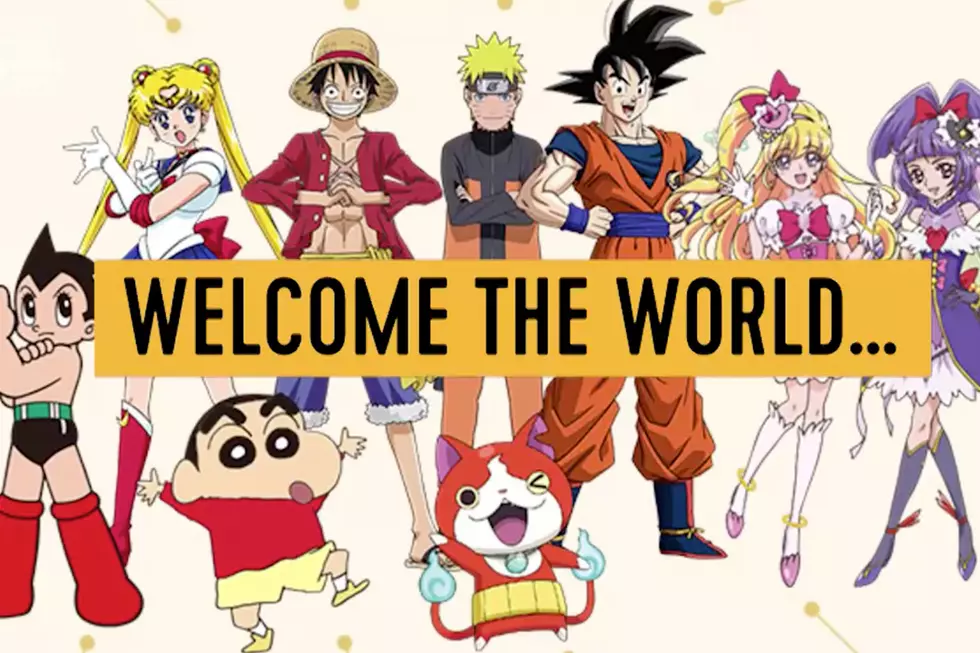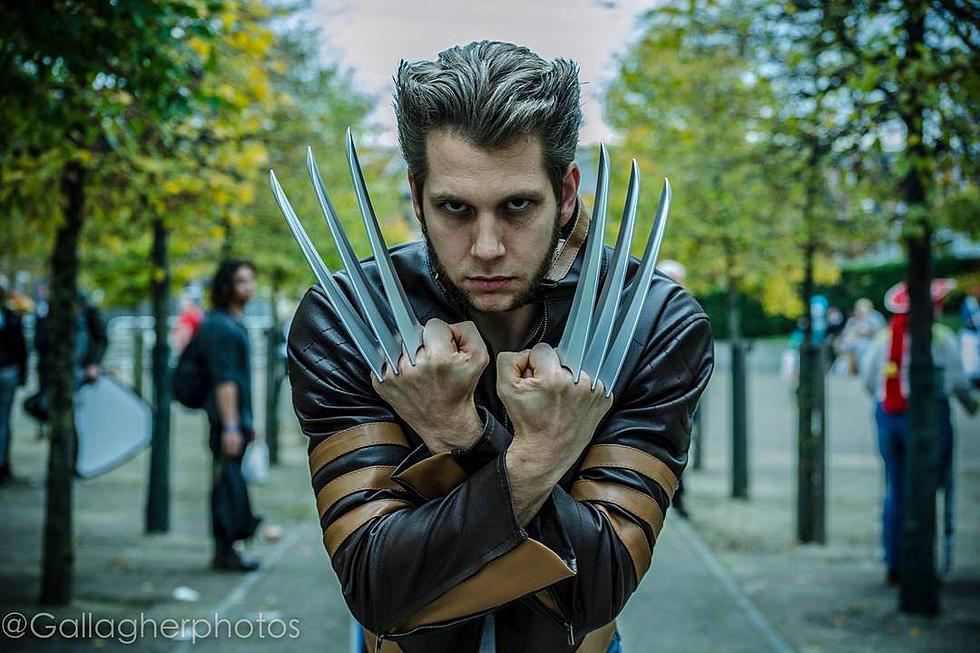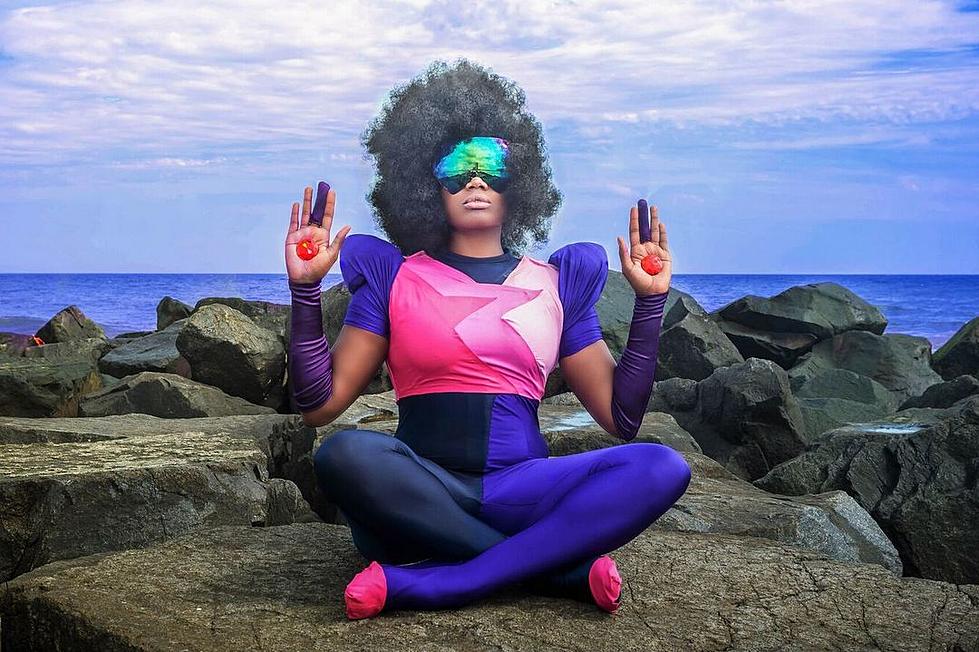
All Hail the Moon Princess: Celebrating Naoko Takeuchi
On a global scale, manga and anime wouldn't be what they are today without the contribution of Naoko Takeuchi. The Japanese writer/artist created Sailor Moon, one of most popular manga and anime properties of all time. Takeuchi revived and reimagined the Magical Girl genre, and more than two decades later her influence is evident far outside the realm of manga.
Takeuchi was born on this day in 1967, in Kōfu, Japan. Her parents were Kenjin and Ikuko Takeuchi, and she had a little brother named Shingo. Those names will be familiar to Sailor Moon fans, as she named protagonist Usagi Tsukino's family members after her own. She wanted to be a manga artist from her teenage years, but her father insisted she train for a more reliable career, so she studied chemistry at the Kyoritsu University of Pharmacy. While in college she also worked as a miko, or shrine maiden, at the Shiba Daijingu shrine, which influenced her portrayal of the Sailor Moon character Rei Hino, aka Sailor Mars, who was also a miko.
Soon after graduating, she broke into the manga industry with a romance called Love Call, which won the Nakayoshi Comic Prize for Newcomers in 1985. This led to her first ongoing series, Maria, co-written with her friend Marie Koizumi, and then a figure skating manga, The Cherry Project. Following that, Takeuchi made her first foray into the Magical Girl genre with Codename: Sailor V.
Sailor V is Minako Aino, a Tokyo middle school student who is given powers derived from the planet Venus by a talking cat named Artemis. She has a series of light-hearted adventures while balancing her super-heroic identity with her life as a young student. Toei Animation showed interest in adapting Codename: Sailor V into an anime, but asked if Takeuchi could expand the concept to include more girls. And thus, Sailor Moon was born.
Pretty Soldier Sailor Moon, as the manga was known in Japanese, kept Minako Aino (now called Sailor Venus) as a supporting character, but its focus was on Usagi Tsukino, a lazy and very emotional young girl who becomes Sailor Moon. In addition to Venus, she's joined by Sailor Mercury (a girl genius), Sailor Mars (the fiery shrine maiden), and Sailor Jupiter (an athletic girl who knows how to fight). Countless other characters are introduced along the way, including the four Sailor Scouts who represent the rest of the solar system, and Usagi's daughter from the future. The series ran from 1991 to 1997, while the anime adaptation aired on Japanese TV from 1992 to 1997. Both were translated for English-speaking audiences.
The kind of female-dominated cast that Sailor Moon had is still incredibly rare in American comics and animation to this day. Having so many girls with distinct personalities freed the main protagonist, Usagi, from any need to be a positive role model, which enabled her to be the entertainingly slothful and whiney character that she was.
Moreover, Takeuchi's creations balanced strength and resilience with traditional femininity. Fashion, romance, and fairytale princess narratives are balanced with epic space battles and monster attacks. Sailor Jupiter in particular embodies this dichotomy. She's the tallest and strongest of the Sailor Scouts, but also the most lovelorn, and her two greatest skills are fighting and cooking.
But not all of Takeuchi's female characters were feminine. One of the later Scouts, Sailor Uranus, is an unapologetically butch lesbian, who in fact often passes as a boy in her civilian identity. She even kisses Usagi in an early appearance, although it's soon revealed that she's in an ongoing relationship with Sailor Neptune. This frank inclusion of queer characters influenced a generation of fans, some of whom are creating the queer comics of today.
It goes without saying that Sailor Moon influenced later Magical Girl manga and anime, like Puella Magi Madoka Magica and Glitter Force. But as the generation that loved Sailor Moon has grown up and begun producing work, its influence has become more obvious in the United States as well. Comics like Zodiac Starforce, by Kevin Panetta and Paulina Ganucheau, and Power Up, by Kate Leth and Matt Cummings, wear their Sailor Moon influence on their sleeves. It's hard to imagine that animated series like Steven Universe and Bee and Puppycat could exist without Sailor Moon. As the years go by, Naoko Takeuchi's influence on worldwide pop culture only grows.
More From ComicsAlliance









